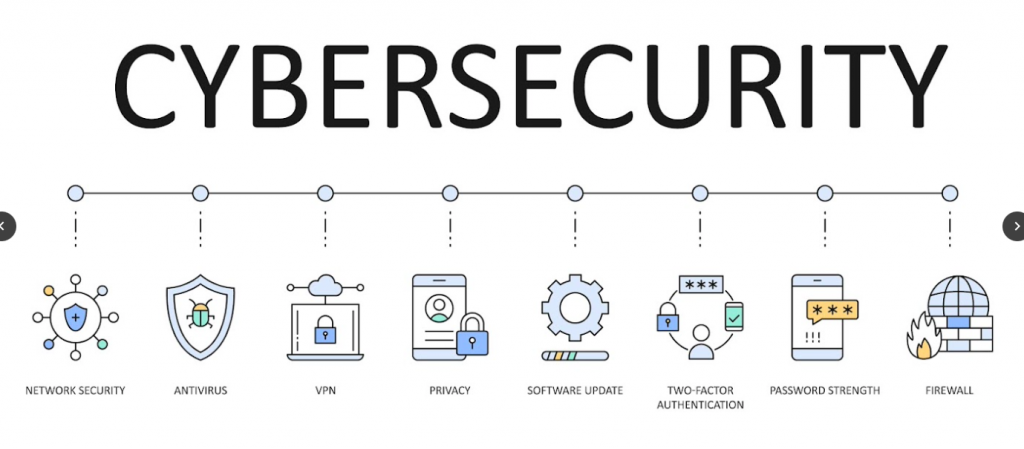Data security is a critical aspect of any business, whether a startup or an established one. As a company, handling tons of data touching on your customers and workers is inevitable. Should this data, such as social security information, get into the wrong hands, many catastrophes would happen, like credit card fraud. It’s essential to protect your data to avoid all the possible mishaps that could lead to losses.
So, how can you protect your workers’ social security information as a startup? Put in mind the sensitivity of this data. A social security number prefix shows the region of your worker, with the number enabling your workers to file their taxes, apply for credit cards, loans, etc. Hence, you will need to put security measures for this data. For that reason, this article discusses tips you can adopt to protect this sensitive data.
Consider doing the following:

Encrypt Data
How you store and save your data significantly impacts its security. Suppose an unauthorized person got access to your computer and systems. How much information can they get from your systems? The typical answer to this question is a lot.
Therefore, it’s essential to adopt data encryption for all your sensitive information, such as social security information. Encrypt the data itself beyond encrypting the file folder. Should anyone bypass all other security protocols, they won’t get much information since it’s all encrypted. It’s crucial to remember the decryption password. You risk losing all your workers’ social security data if you lose this password.
Restrict Access
The fewer people with access to critical data, the safer it’ll be. The same concept applies to your social security information. How many people in your workplace have access to this data?
Consider limiting those with access. You can use passwords on the devices with this data and folders containing this information. Ensure that only those who need this information to fulfill their responsibilities have the passwords.
It may also help to limit time spent with this data. For instance, if a worker wants access to the data, cap the time to 30 minutes or one hour and request a report on how the said workers used the social security information.
Besides protecting data, limiting access can help you identify the source of a breach in case of one. It’s easier to investigate five workers than 200 workers with access.
Employ VPN For Unsecured Network
As a startup, there’s a high probability that your team spends most of its time outdoors, trying to close clients or market your goods. When working remotely, some will need to use the internet for work purposes, such as updating sales and customer data. Such employees may not be using a secure internet network when working. They’re likely to rely on public WI-FI or their unsecured WI-FI to fulfill their responsibilities. Using unsecured WI-FI is quite risky for your business.
In most cases, these networks have no passwords, and if they do, one can effortlessly get them. A hacker with access to the password can take advantage and try and get data from your systems through the device your workers are using remotely. In such a scenario, your company’s sensitive data isn’t safe.
Therefore, it’d help to employ a Virtual Private Network (VPN) for your remote workers to use. A VPN can hide your team’s IP address, sites they click, etc. It more or less creates a private network within the public WI-FI. With a VPN, your identity is protected, securing all the social security information on your systems.
Adopt The Right Tools
With the rise of digitization, you probably use the internet and technology to handle most of your operations, which is good due to its efficiency. However, it also makes the data on your systems vulnerable to cyberattacks.
You can protect data stored on your computers by adopting security tools, such as anti-virus and firewalls. Anti-virus tools protect your data by preventing viruses from running into your systems. On the other hand, a firewall creates a wall against hackers so they can’t bypass your system. With these tools in place, you can protect your technologies and social security information.
Update Your Systems
Various software and technologies are constantly updated by developers, mainly for security. Suppose a previous version had some loopholes that hackers could get into. They will develop another version that counters the weaknesses of its predecessor.
Therefore, should you fail to update your tools regularly, your computers and other technologies will always be susceptible to attacks. Consider doing updates with every new version. To avoid situations where you have to buy new tools with each update, invest in software that allows scalability without a new purchase. You have to minimize your expenses and spend money on income-bringing operations as a startup.
Train Your Team
You might have invested in the latest security tools as a business owner. However, all these are useless if your team doesn’t know how to use the tools efficiently. Therefore, it’s crucial to train your workers. Train them in using any security systems you’ve adopted in your firm. It’s the only way you can safeguard your social security information.
It’s also advisable to educate them on the importance of data security and why you have security policies they must adhere to. Once they understand its importance, they can actively ensure your social security information and other sensitive data is safe.
As previously stated, digitization has brought with it cybercrime. Since your team is the one that directly handles everything containing your sensitive data, they have to be in the know of these threats. Therefore, consider bringing in cybersecurity experts. They can educate your team on the current cybersecurity threats and show them how to identify and counter them. As a result, your workers are better equipped to protect your company data, including social security information.
Encrypt Your Devices
When an unauthorized person tries to access your social security information, they first have to get into your computers. Because of this, it’s crucial to restrict access to your devices. You can do this by encrypting them.
Consider making use of log-in systems. Anyone trying to access data on a computer has to have a password. As you implement passwords, ensure your workers use strong passwords that a third party can’t guess. It’d help to use long passwords with a mix of letters, numbers, and characters.
As part of the encryption, adopt multi-factor authentication systems. This system will require additional verification after inputting the log-in details. It could send a code to the user’s mobile phone or require biometric authentication.
Due to the sensitivity of social security information, consider using the biometric system. This system will require a fingerprint or facial scanning.
Conclusion
The discussion above has shed light on ways you can safeguard your workers’ social security information. Consider adopting the strategies herein for the benefit of your workers and startup. You don’t want to suffer lawsuits due to the lack of data protection.



























